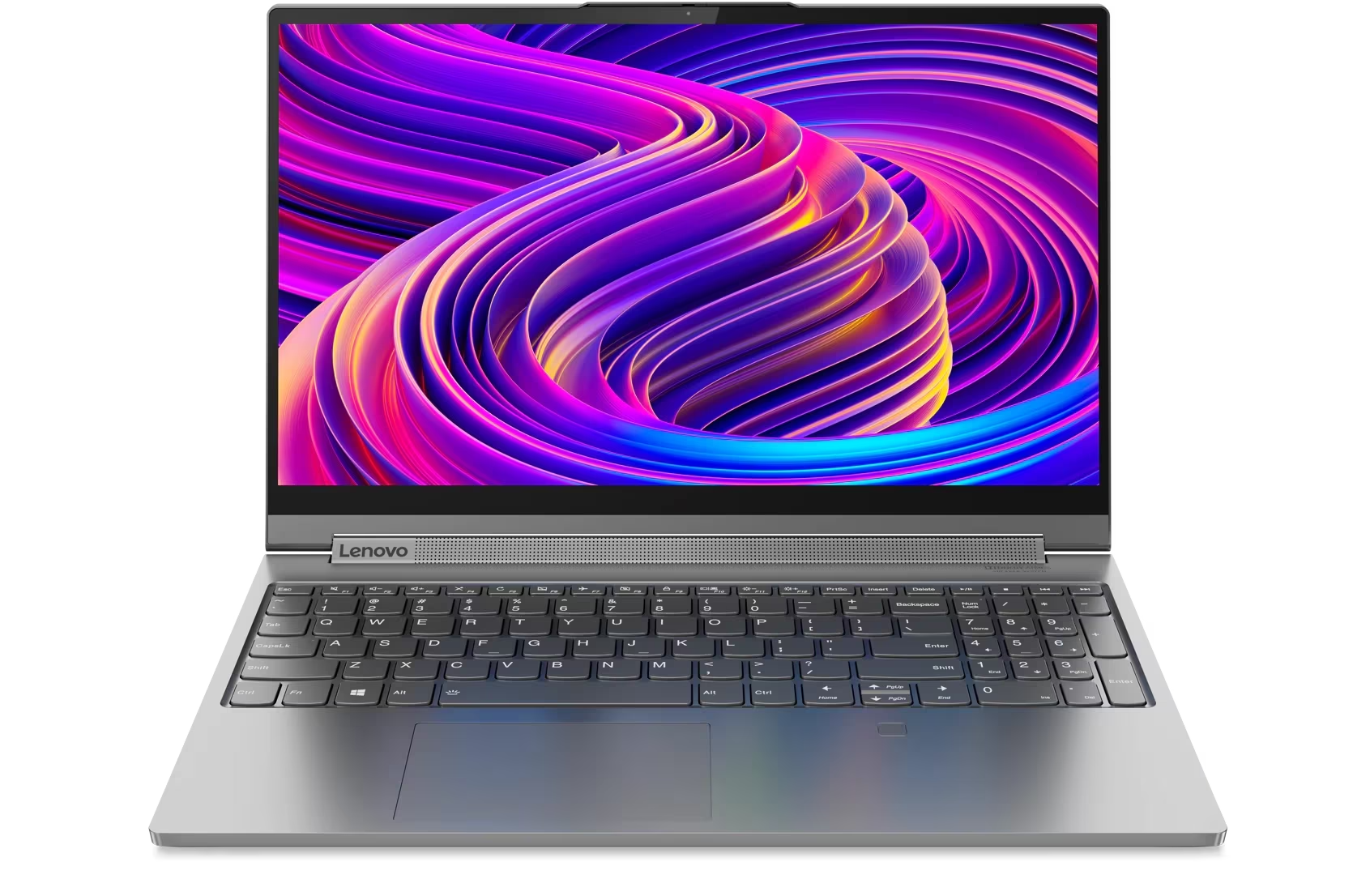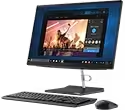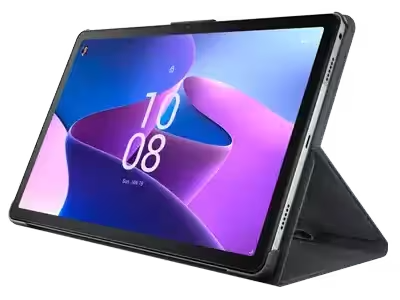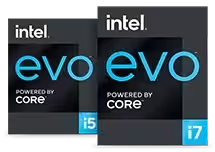Can a virtual assistant help me?
Similar to a human assistant, a virtual assistant is a software agent that performs smartphone or computer tasks in response to direct commands, pre-set schedules, or by attempting to predict a user's upcoming needs based on their past ones. If you've ever "spoken" to your phone or PC to initiate a web search or other activity, you likely did so using a virtual assistant.
Google Assistant, Microsoft Cortana, Apple Siri, and Amazon Alexa are examples of popular virtual assistants. Virtual assistant software has been in use for 20+ years, but the technology really took off with the introduction of the smartphone and is now built into many PC operating systems as well. Virtual assistants are also key components in a new generation of "smart speakers" and "smart displays" that look like furniture accessories but provide information or perform tasks in response to voice input.
What can virtual assistants do?
Virtual assistants can accomplish almost any discrete smartphone- or PC-related task you can do yourself, and the list is growing. From scheduling meetings to sending messages to checking the weather, virtual assistants typically have an impressive set of functions when they are first launched -- and they can add new capabilities as they learn your common activities and preferences.
Of course, virtual assistants can only work with the apps on your system or the cloud-based services you've signed up for. But they'll usually ask for clarification when needed; if you use two email programs, for example, the assistant might ask you which one it should use for messages to a particular individual, then remember your choice and suggest the same one next time.
Most users start by using their virtual assistants for routine phone and PC management tasks and web searches. But when integrated with other tools and services, virtual assistants can do just about anything:
- Control thermostats, lights and locks
- Send email/text messages or initiate calls
- Buy items online (one-time or on a schedule)
- Locate lost smartphones or other devices
- Check traffic conditions and map travel routes
- Read books or newspapers aloud
- Schedule meetings with co-workers
- Identify the artist and name of a song
- ... the list goes on (and on)
How do virtual assistants work?
Depending on the hardware you're using, virtual assistants can accept voice commands (common on smartphones), text input (common on PCs, which also accept voice commands) or even analyze photos or barcodes. Responses -- which could be anything from web search results to traffic updates to meeting confirmations -- are also hardware-dependent: smart speakers, for example, can only provide aural responses while smartphones, PCs and smart displays can respond aurally and/or visually.
When used with voice commands, virtual assistants typically require a "wake word" or activation phrase to initiate. In most cases, these words are the name of the assistant and work even when combined with other, more conversational words. So, Google Assistant users say "OK Google" or "Hey Google," Microsoft users speak some form of "Cortana," Apple users say "Siri" or "Hey Siri," and Amazon users call out "Alexa" or something similar. If the pre-programmed wake word does not fit your needs (imagine the challenge of using Alexa in a home with someone named Alexa), most virtual assistants can be configured to listen for different activation words.
Additional facts about virtual assistants
For all their usefulness and popularity, virtual assistants have some limitations. Nothing that we present here should be taken as a reason against using a virtual assistant; they are truly useful and increasingly popular around the world. Rather, consider this list as just some "additional things to know" before using a virtual assistant the first time:
- Virtual assistants rely on web- and cloud-based services for much of what they do (analyzing spoken commands, getting search results, scheduling appointments, etc.). So, their usefulness will be limited without a strong internet connection.
- When used in voice-activation mode, virtual assistants are subject to the limitations of voice recognition and natural language understanding software. Over time, you will likely learn to use a subset of words and commands that convey your intent to the device most clearly.
- Repeated use is key to helping a virtual assistant learn to better satisfy your common queries and commands. Results will improve over time, so it may take a few tries before you can say "Get John and me 9 holes tomorrow" and be confident of success. [In this extreme example, success would involve checking your and your husband John's calendars for the next day, logging into the booking system for your preferred golf course and signing up for two people to play 9 holes at a time when both of you are available.]

















